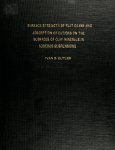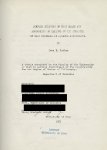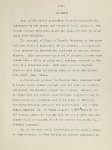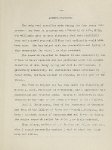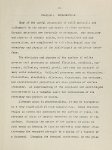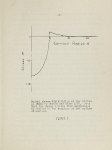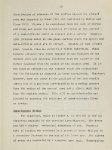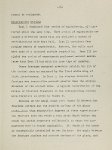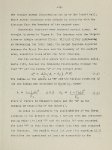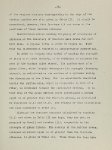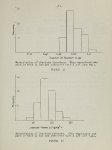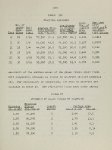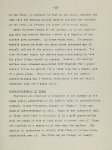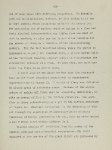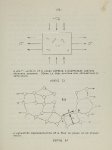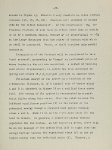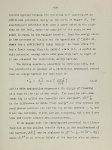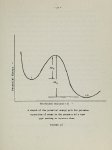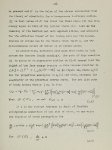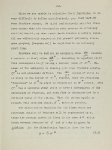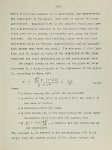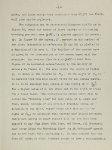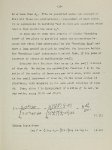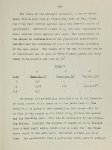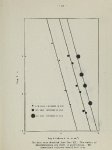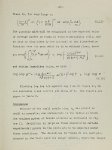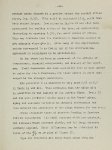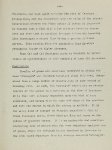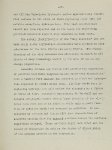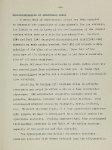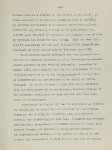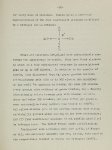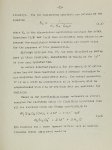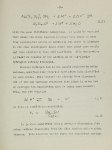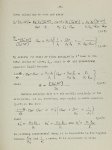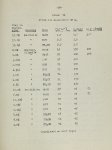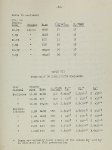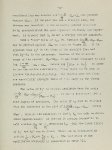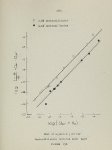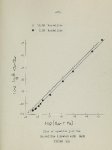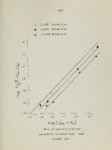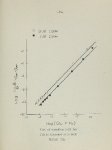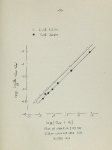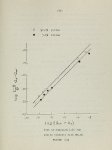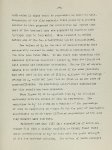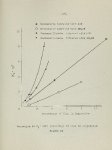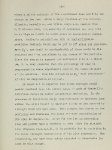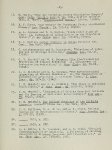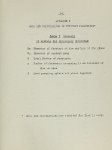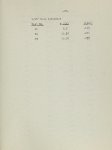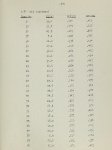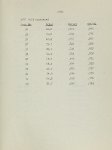| Description |
Many of the useful properties of solid materials are influenced by the nature and extent of their surfaces. Two common ceramic materials, glass and clay, are used to illustrate this principle. The strength of glass is largely dependent on the chemical and physical properties of its surface. An experiment first proposed by Auerbach was performed to measure surface effects. This experiment consisted of pressing a round hard sphere into a plate of glass until fracture occurred in the form of a truncated cone. With small spheres fracture stresses were large but not as large as those encountered with small glass fibers. 'A statistical approach to fracture data disclosed that a single number called strength does not serve to describe adequately the fracture properties of glass. Instead, it is found that the surface where fracture originates may be represented as a continuum over which flaws of differing "critical breaking stresses" are distributed. The distribution function for the flaws is given by So-b where a: is the tensile stress initiating fracture and Sand b are con stands which are properties of the surface for slowly in- creasing stresses. One of the most Useful properties of the large surface of clay minerals is their ability in aqueous suspension to hold or exchange cations according to the c0nditions of their surroundings. It was found that this property, measured by Marshall in the form of titration data, could be satisfactorily correlated on the basis of a hydrated dehydrated ion-pair model. Three equilibrium reactions must be considered for mathematical correlation: (a) the equilibrium between actives and inactive adsorption sites, activation being achieved by means of dehydrated hydroxyl ions, (b) the equilibrium between adsorbed (dehydrated) and dissociated (hydrated) hydrogen ions, and (c) the equilibrium between adsorbed and dissociated cations other than hydrogen ion. Adsorption potentials calculated from the equilibrium constants obtained in the correlation were of the correct order of magnitude to substantiate the theory. It appears from the experimental influence of clay concentrations on exchange capacity that clay minerals in aqueous suspension can contribute- to and even control ionic strength of the exchange solution when the electrolyte con tent is low. This postulate was confirmed by means of appropriate calculations. |

